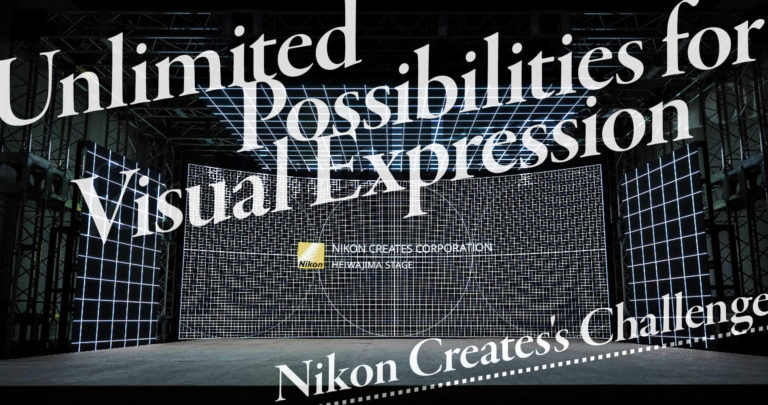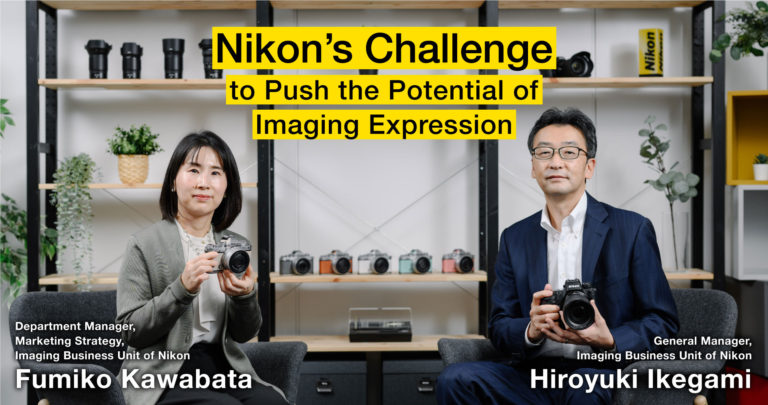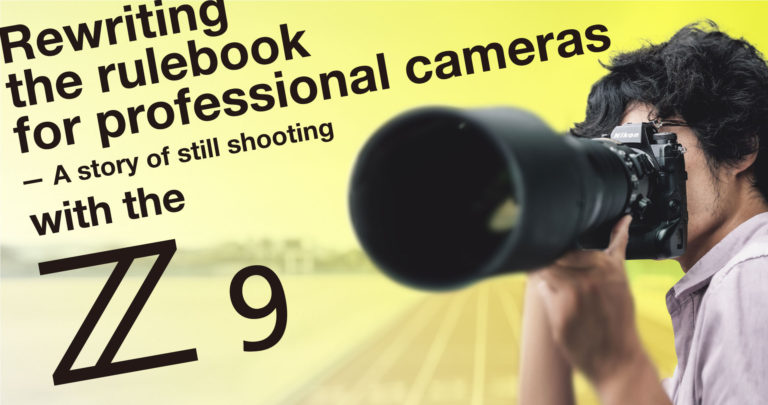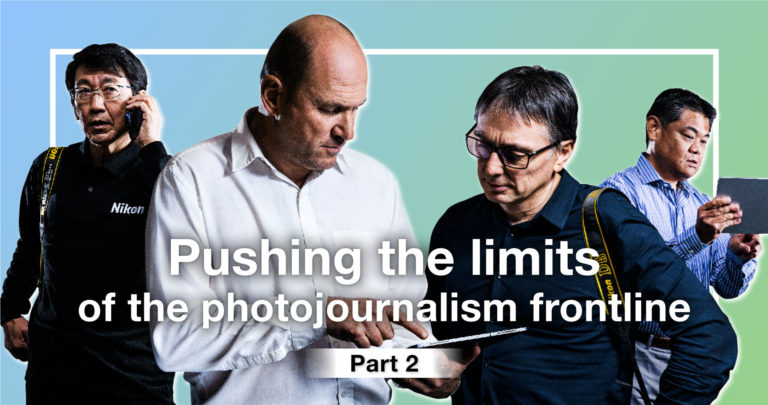Quality of Life
Nikon’s Contribution to Space Exploration Over 100 Years— Our Technology Beyond Cameras to Venture SpaceAstronaut Soichi Noguchi × Nikon
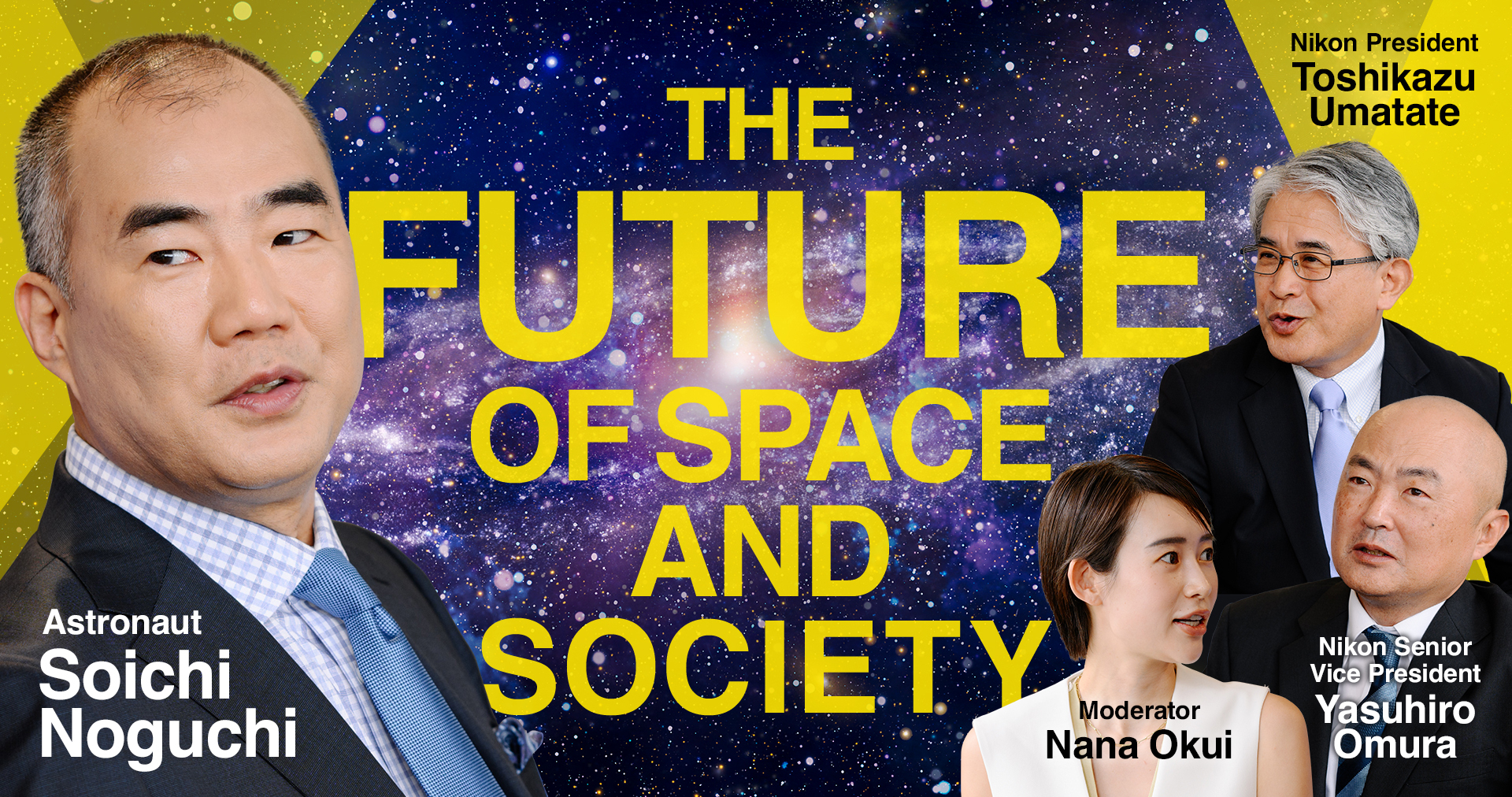
Since releasing its first astronomical telescope in 1920, Nikon has contributed to the field of space studies in many ways. Its excellent technology has been accredited by space agencies, and currently, most of the cameras and lenses equipped on the International Space Station are Nikon products. Why does Nikon pour its efforts in the business of space exploration, and what are its future prospects?
In this article, we are joined by the announcer Nana Okui as our moderator and astronaut Noguchi Soichi, along with Nikon’s President Toshikazu Umatate and Senior Vice President Yasuhiro Ohmura, a specialist in optical technology who has long worked in its design/development, to discuss the connection between Nikon and space, as well as what the future holds for the two.
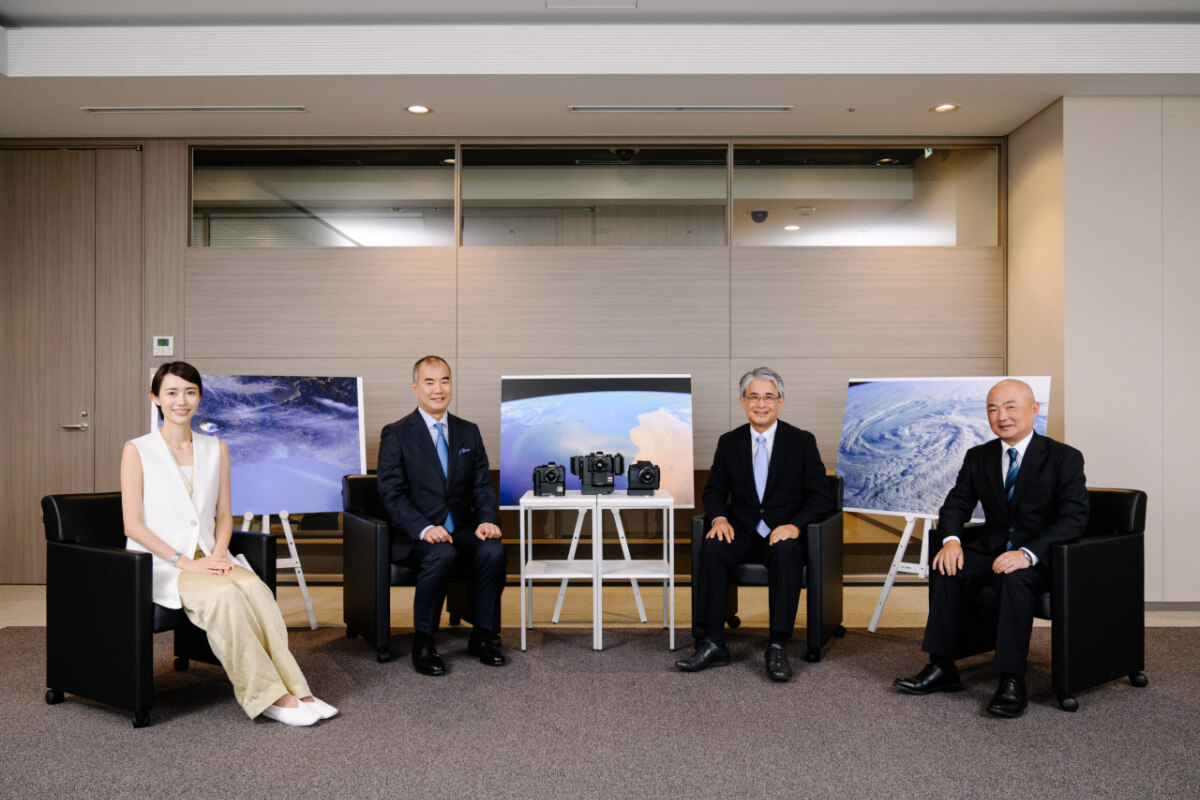
Most of the Cameras and Lenses Aboard the International Space Station Are Nikon Products
Okui: Mr. Noguchi,please tell us about your relationship with Nikon, along with some stories of space.
Noguchi: As an astronaut, we need performance and reliably, and products that respond to the needs of users who work in severe environments,. Most of the of the cameras I used while in space They capture exactly what I envisioned, even when we click the shutter in a spur of the moment while in outer space. When I was in the space station, I used the Nikon D5, which supported my photography duties as an astronaut.
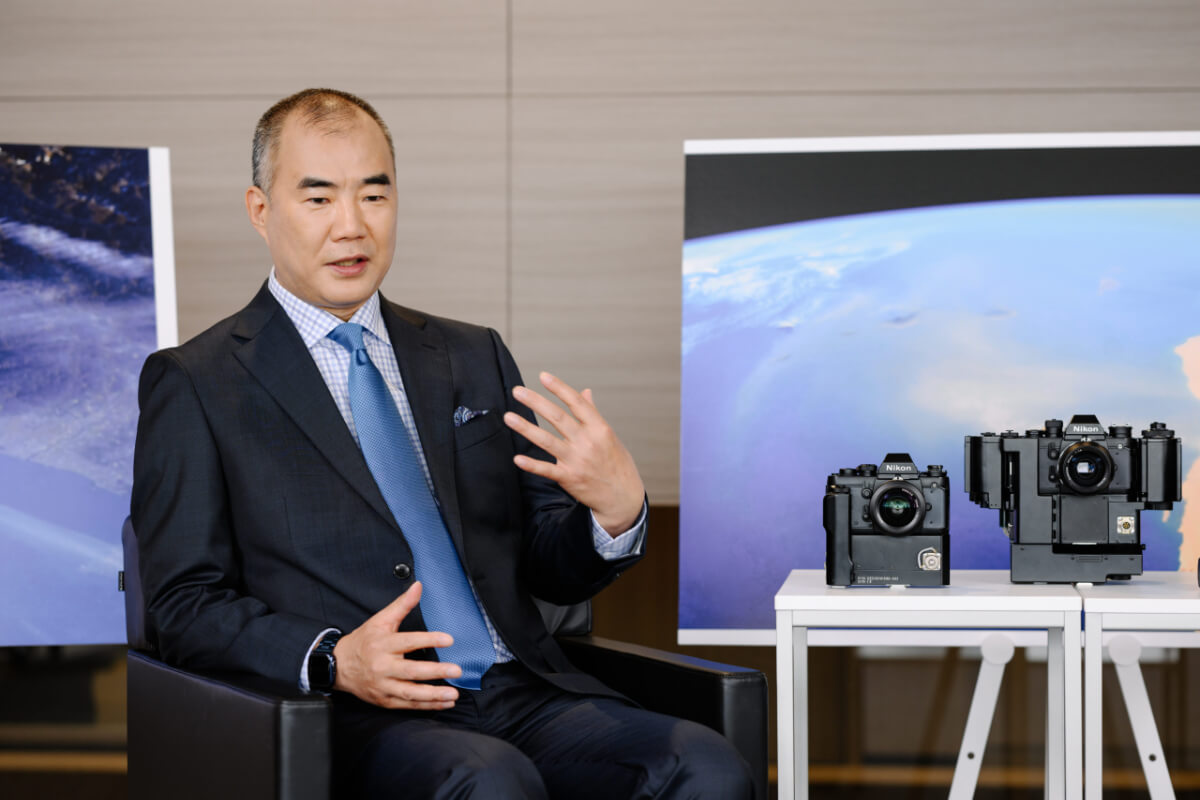
Okui: As an avid photographer yourself, why do you think astronauts choose Nikon cameras for their equipment?
Noguchi: They’re chosen by professionals of all kinds around the world. Personally, I believe that this is because whether they’re used by photographers or explorers, Nikon cameras perform with high reliability, no matter the environment. Currently, there are roughly 100 types of lenses aboard the space station, and —with them, I feel a sense of security that we can capture the perfect shot, even in space where the surrounding light and temperature change by the minute.
There are instances where I take photos of the Earth’s clouds from space, butclouds are actually very difficult to point thecamera’s focus on. When taking pictures of people, you can point the focus on their eyes; for mountains, the focus becomes the peak, and so on. With clouds, however, there’s generally no light contrast or density. The three main elements of photography are focus, exposure, and composition, but recent cameras are equipped with the ability to adjust the latter two after getting the shot. On top of this, Nikon’s cameras possess superior image-processing engines, so as long as the user can point the focus correctly, the resulting photo turns out to be very well.
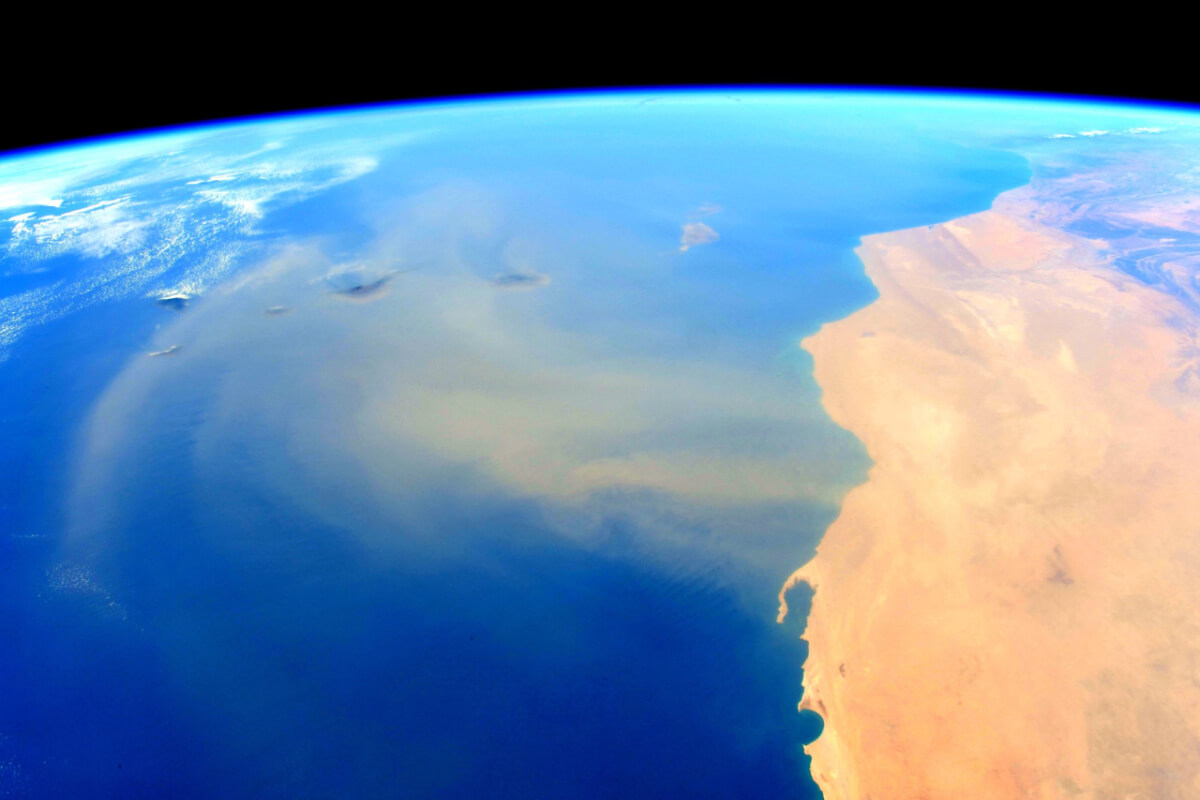
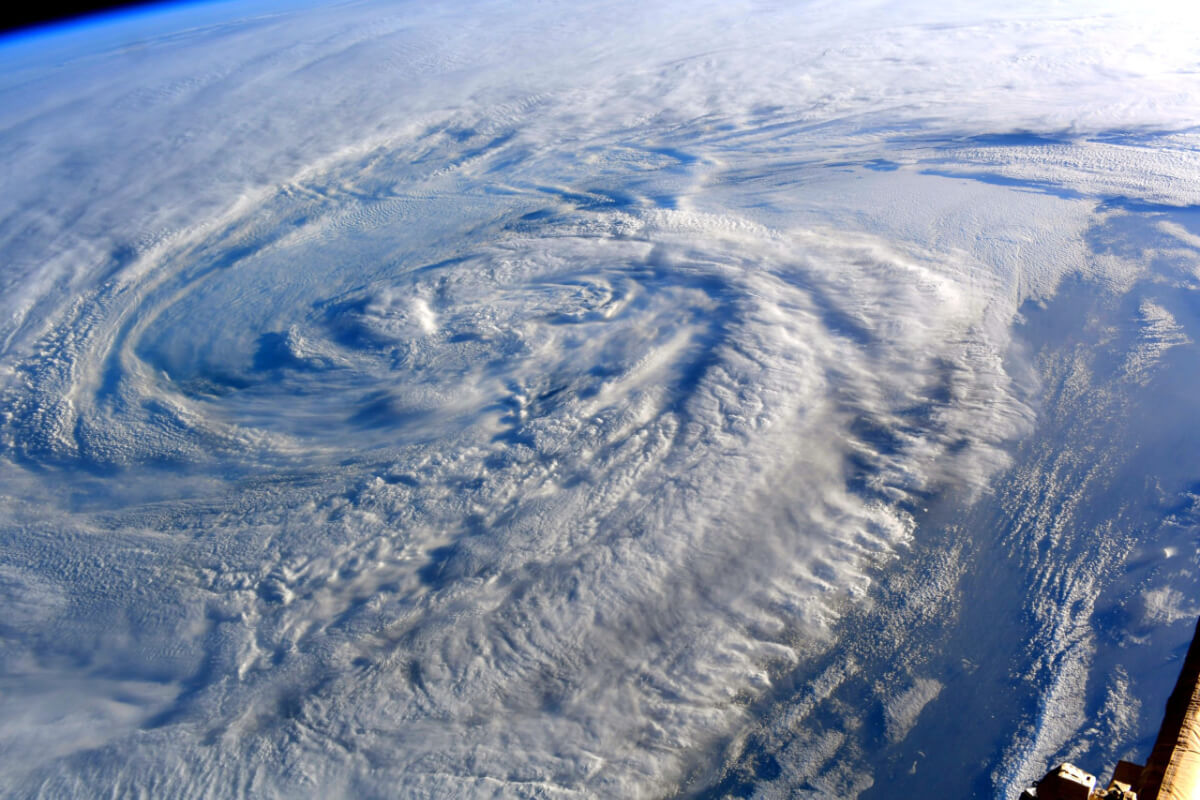

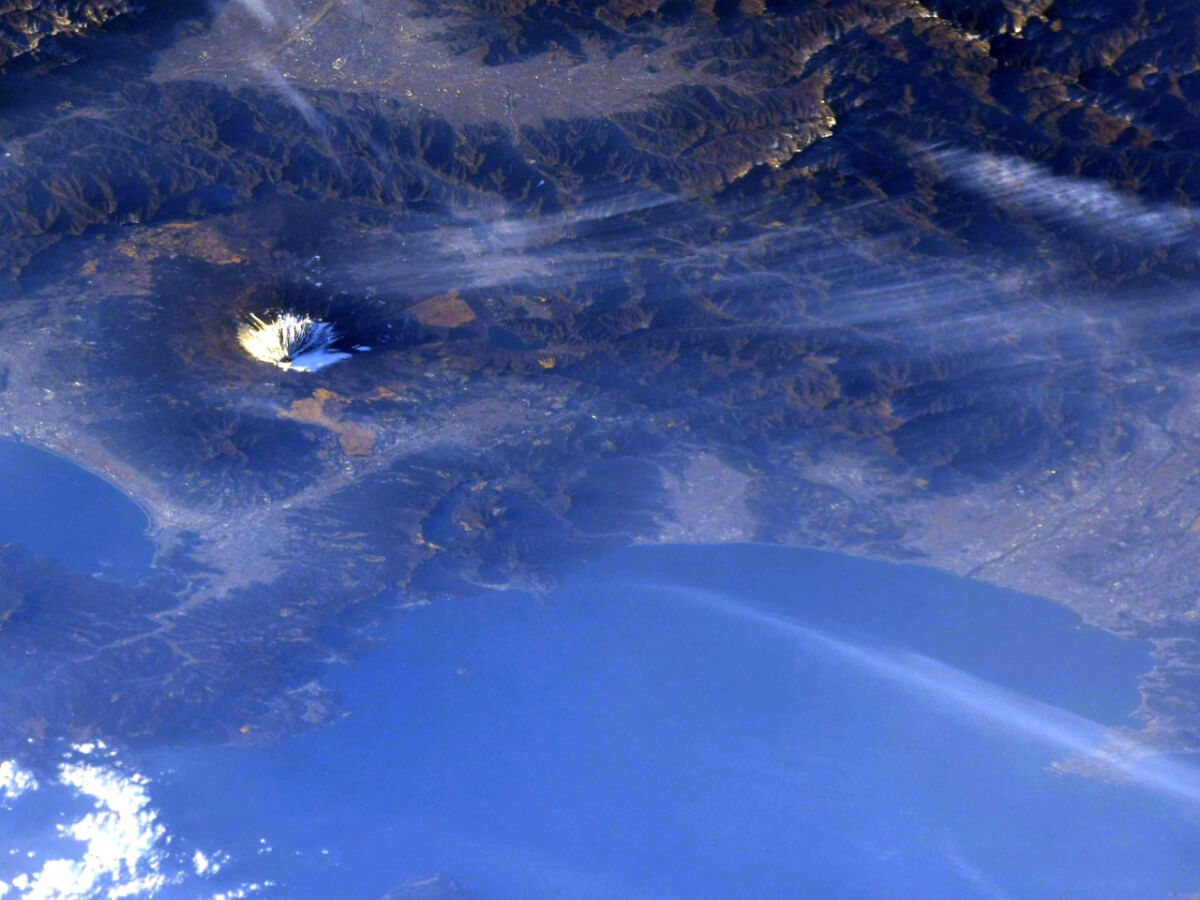
Reenacting Meticulous Space Procedures within a Margin of a Few Tenths of a Millimeter
Okui: How are Nikon cameras used in space?
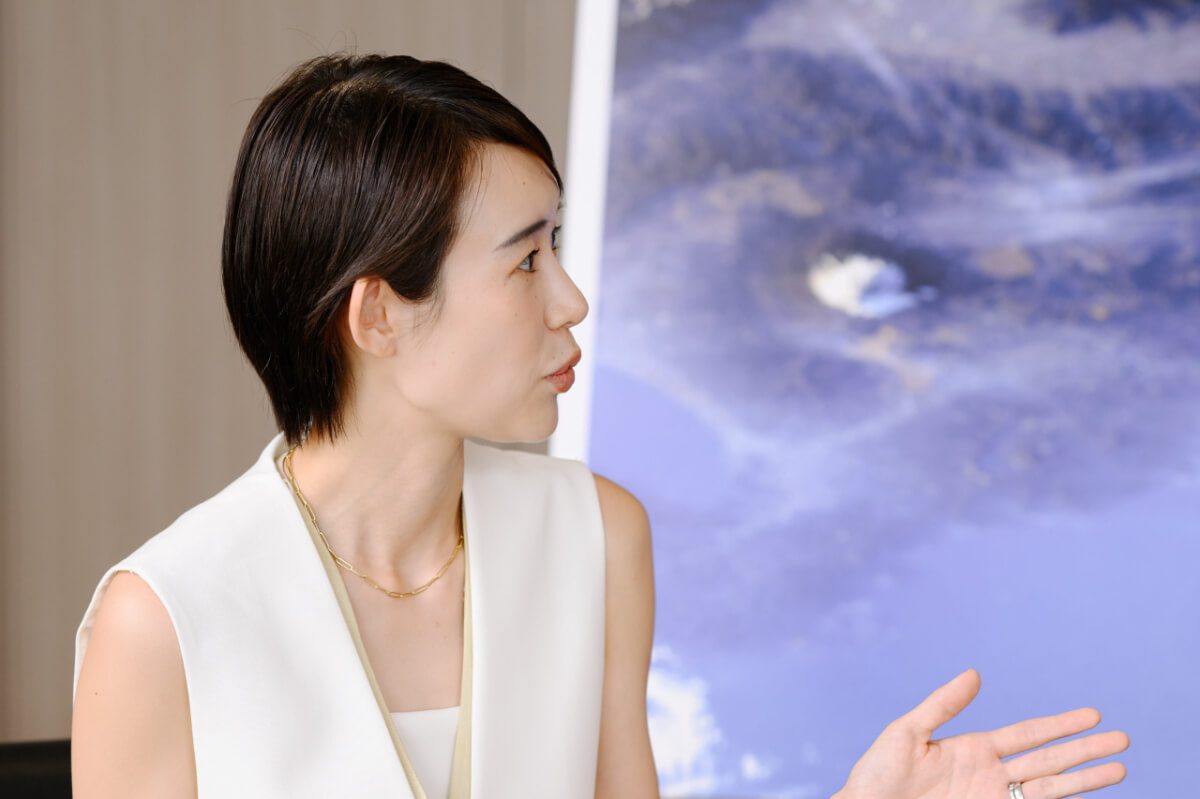
Noguchi: Generally, I used them to record operations onboard or to photograph results of experiments; however, they also come in handy when we experience equipment malfunctions. In order to communicate the size and condition of broken equipment precisely and accurately to our team on the ground, we utilize macro photography*1. If the size of a screw doesn’t match, we can take a picture with the macro lens from a focal length of 105 millimeters, which accurately reproduces its size within a margin of a few tenths of a millimeter. While we can also zoom in and take pictures with telephoto lenses and wide-angle lenses, they can’t help us determine the exact size. Another fun role of Nikon cameras is when we gather to take a group photo among our astronauts.
*1 Method of photography that enlarges the subject more than the normal range
Okui: How did Nikon cameras come to be used in space?
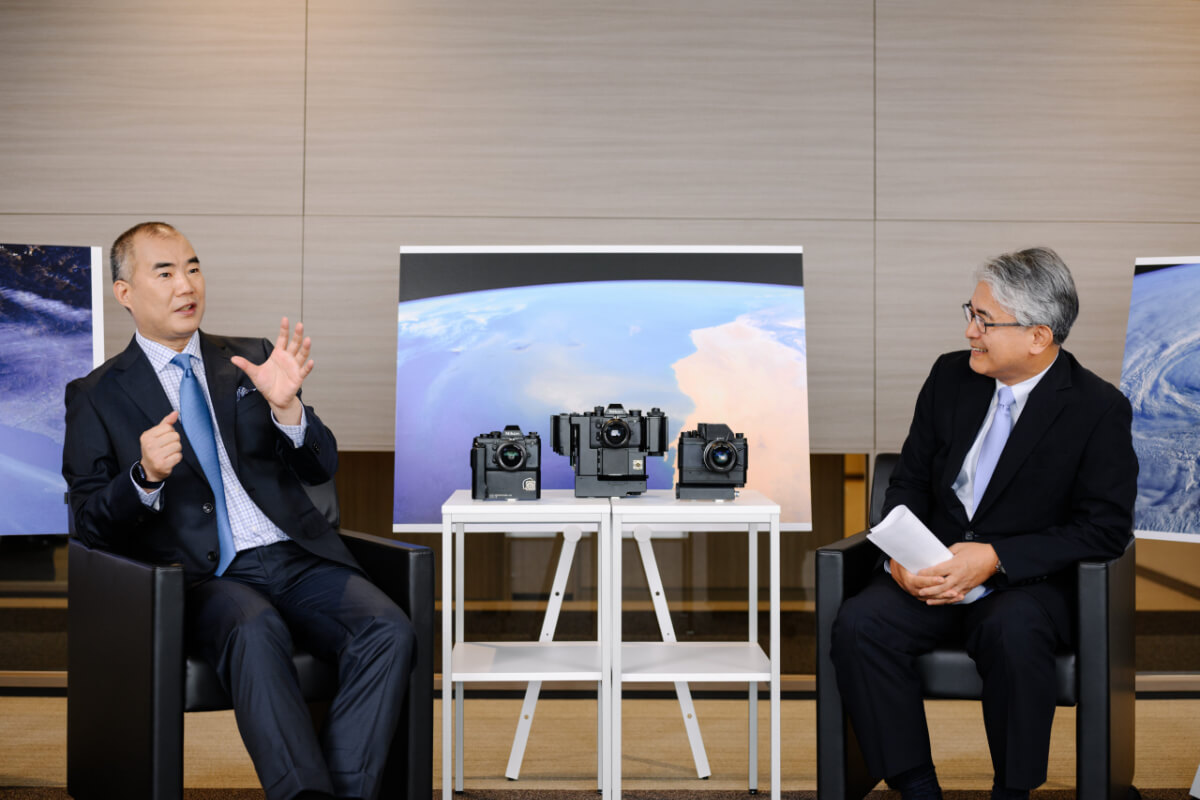
Umatate: When Nikon first began developing cameras in the 1950s, German makers like Leica and Zeiss Ikon were famous for their cameras. Although developed later, Nikon cameras became known across the globe for its durability. Users could click the shutter even in extreme conditions. Nikon was recognized for its high performance and trustworthiness in responding to the needs of professionals, which later led to our adoption for space agencies.
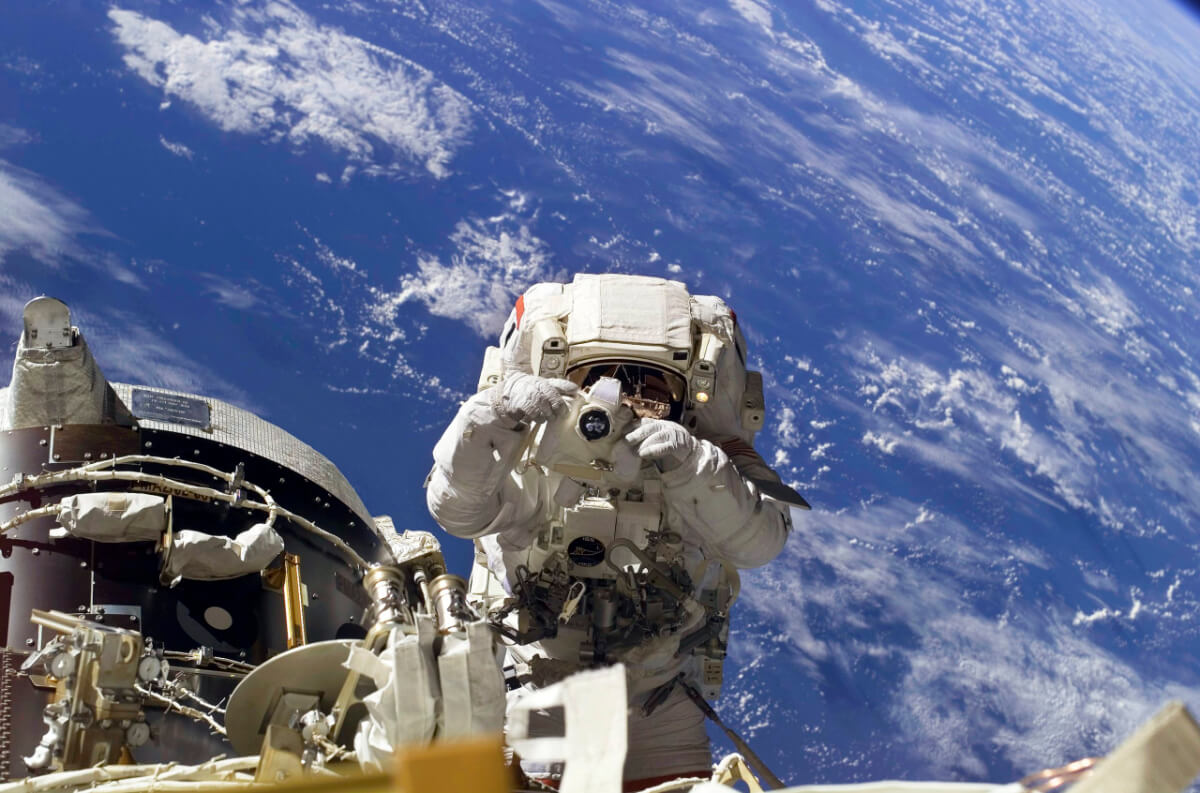
Nikon cameras performing in outer space
I recently learned that the newest Nikon D5 is operated without any special accommodations for space, and that they are more or less used under its default settings in ready-made condition. Being that outer space is a vacuum, there are large differences in temperature depending on whether or not it is reached by sunlight—it’s a much more severe environment than on Earth. Originally, they made custom adjustments, but now, besides placing a cover over it when using outside the station, it’s given almost zero custom settings. We take a great amount of pride in this.
Bringing Children Images of a Bright Earth and Space through Digital Astronomical Telescopes
Okui: I understand many other Nikon products are used in space, in addition to cameras.
Ohmura: Nikon released its first astronomical telescope in 1920, and since then, we have produced other celestial/space-related equipment, from large-scale telescopes for observatories to optical systems*2 equipped on satellites. For example, we provided various optical systems for the Venus Climate Orbiter AKATSUKI, developed by JAXA and launched in 2010. As you can see, Nikon’s relationship with outer space goes very deep.
*2 Equipment that produces images of objects by using qualities seen in light
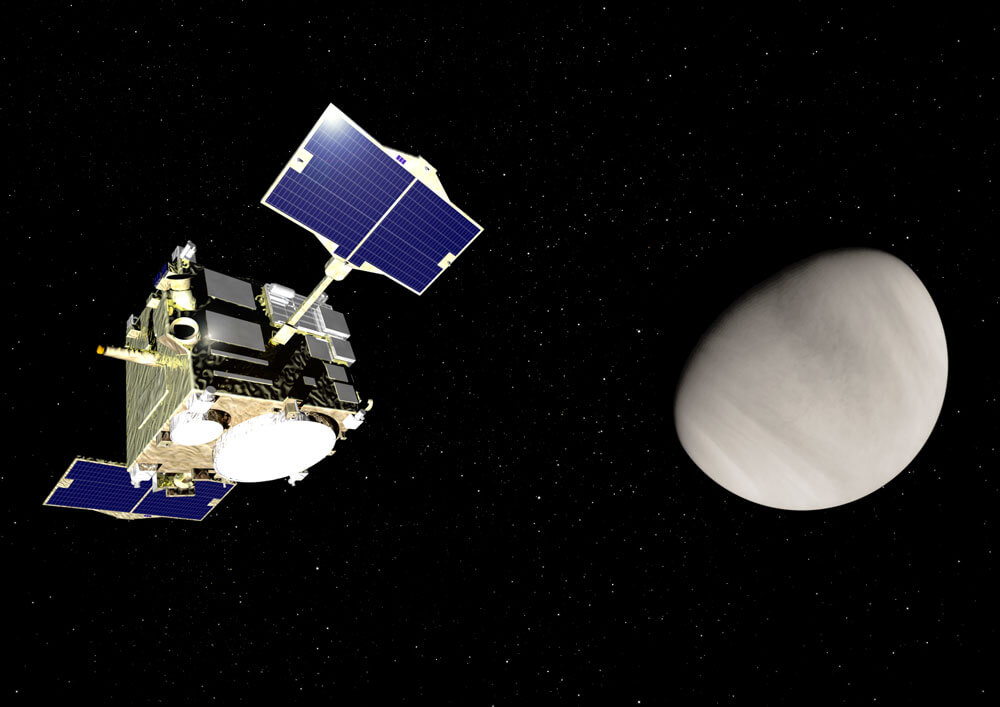
Venus Climate Orbiter AKATSUKI ©JAXA
Umatate: Nikon actually discontinued the sales of astronomical telescopes 25 years ago. I’m sure most people first think of cameras when hearing the name “Nikon,” but we also manufacture other products, such as semiconductor production equipment and components for industrial robots. When we considered what was necessary in helping people better get to know Nikon as a company, I remembered how much I admired astronomical telescopes as a child and thought relaunch its development could prove valuable.
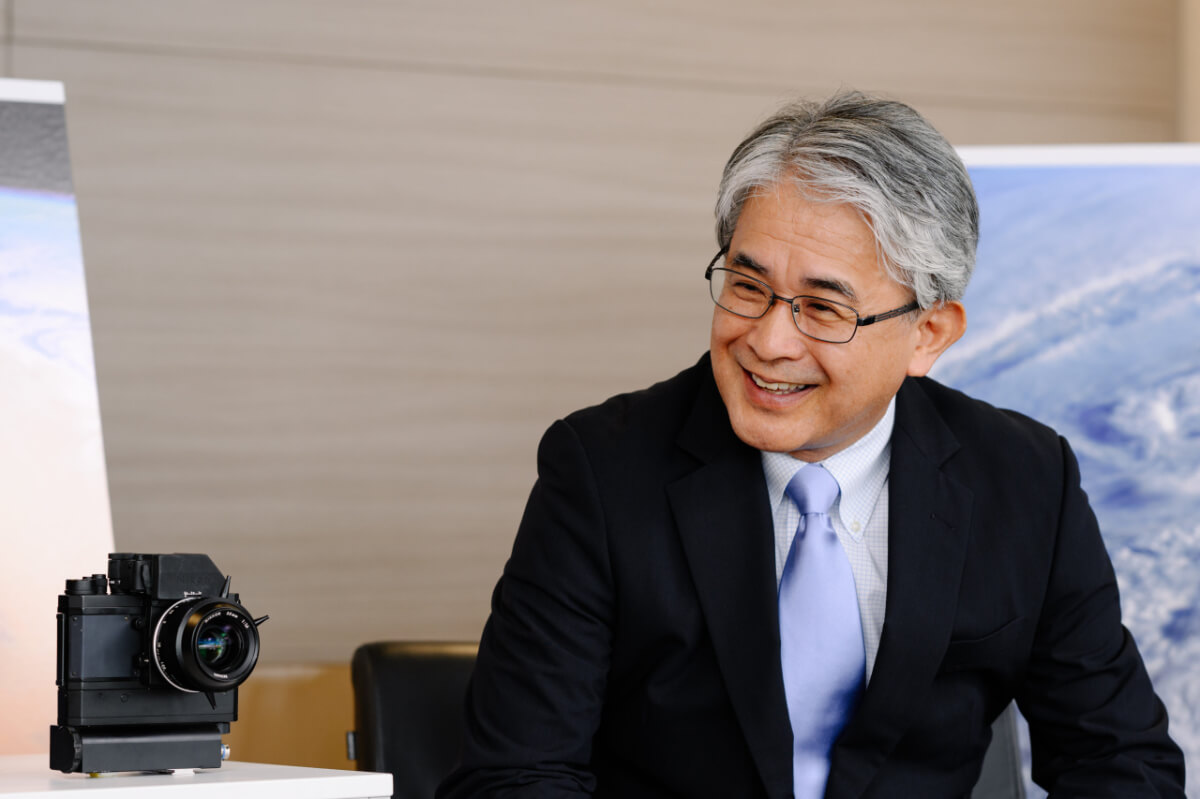
I even encountered other company executives who spoke of their own admiration for telescopes, requesting that Nikon begin creating them again. This led us to our decision to conduct joint development of digital astronomical telescopes with the French company Unistellar.
Ohmura: The astronomical telescope we developed together utilizes digital technology to achieve vivid observation of celestial bodies, like that seen in illustrated encyclopedias. Formerly, telescopes were hardly rich in color, and celestial bodies like nebulae could only be observed as white, hazy clouds. We believe that by realizing star observations bright in color, more children will find deeper interest in space.
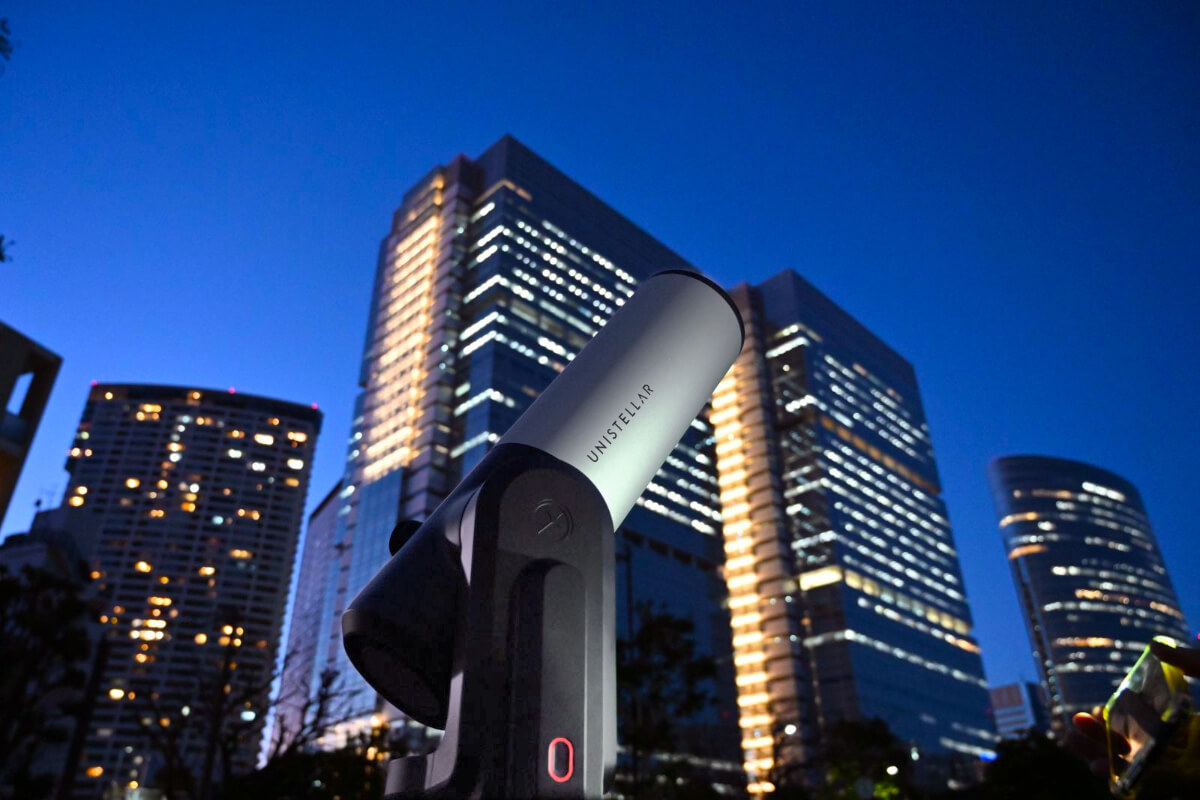
Okui: Mr. Noguchi, you are very active in the area of speaking at schools on the topic of space. Can you tell us about your investment in this area?
Noguchi: As a science/technology-oriented nation, Japan has grown by developing in the field of technology. So my hope is that children develop an interest in science, engineering, and technology to lead us into the future. In doing so, images are highly effective in helping them form that interest. There are captivating pictures and illustrations of distant stars in outer space, like the Milky Way Galaxy, different moons and auroras.
And the view of Earth from outer space is simply beautiful. From the pitch-black void of outer space, the Water Planet that is our Earth is protected only by a thin veil called the atmosphere. I hope to use images like these to communicate to children how Earth and space actually look.
A Future Where Robots Work in Outer Space with Hands and Eyes That Exceeds Humans
Okui: What are Nikon’s convictions behind its involvement in the business of the celestial field?
Umatate: Humans are bound to advance and quest further into outer space. Last year at Nikon, we defined our “Vision 2030” as “a key technology solutions company in a global society where humans and machines co-create seamlessly.” We want to contribute to the advancement of science and technologies, so it can become the foundation of an enriched society. As a part of that, we hope to provide technologies and services that will pave a way towards a bright future—which makes it essential for us to contribute to the new frontier of outer space. With these convictions, we are also developing a business around our strength in optical systems, as well as other machinery to create parts for space-related products.
Specifically, this pertains to processing technology using lasers. In order to manufacture rockets and satellites, processing technologies used to achieve complex shapes and lighter parts are vital. We will continue supporting humanity’s advancement and quest into outer space.
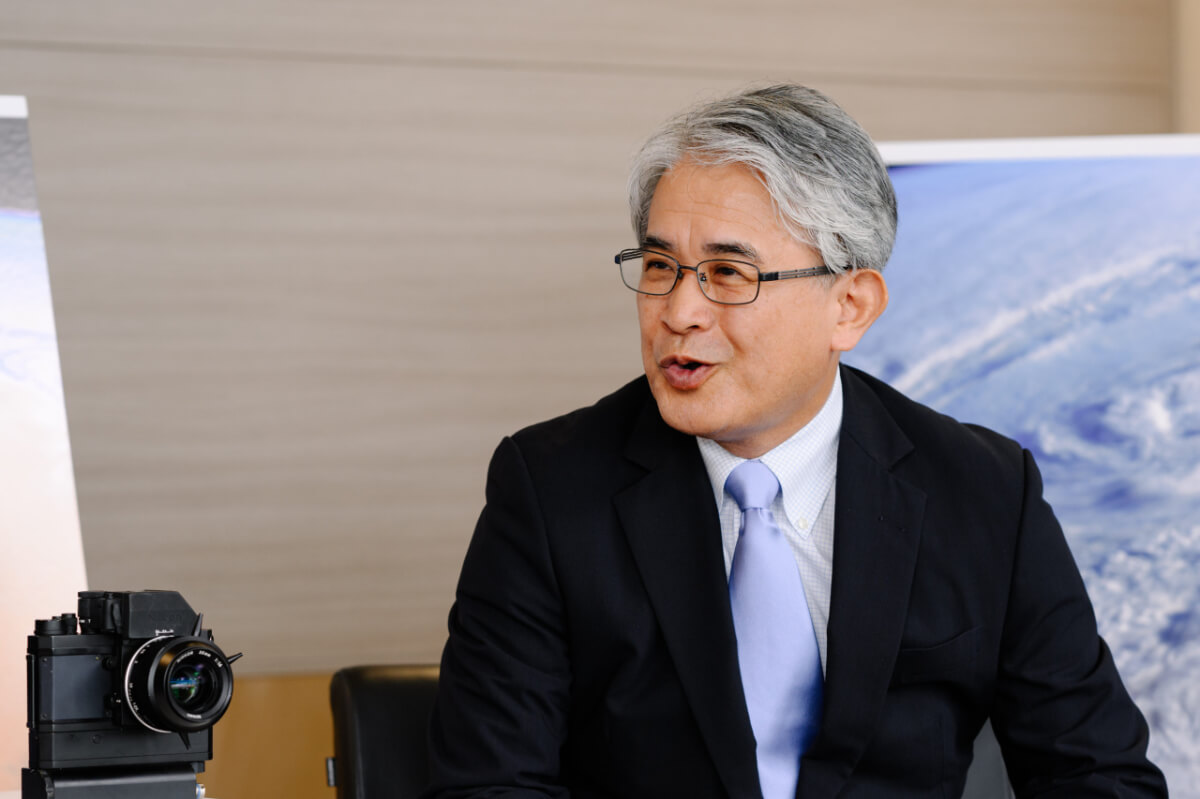
Ohmura: State-of-the-art robots and machinery will likely be used in the Artemis Plan*3, in which humans will be sent to the moon in 2025. We believe that in the future, worksites in outer space will see value in machines that reproduce the human eye, like Nikon’s “Robot Vision.”
*3A project led by NASA to explore and construct a base camp on the surface of the moon
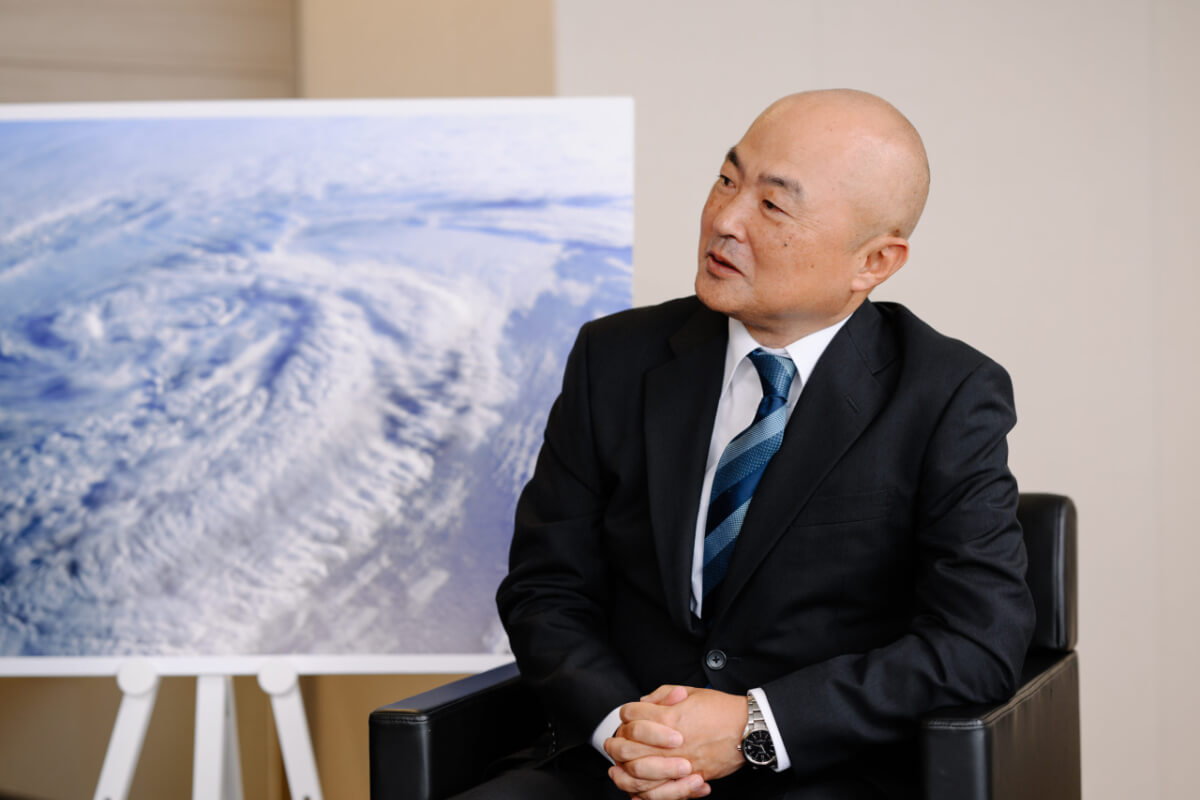
Umatate: The issue robots face today involve their eyes and hands. Human vision dosen’t possess an ability to see at a wide perspective, and the resolution of our vision is limited. However, we are capable of accurately deciphering distance or reacting to sudden changes. Our eyes possess capabilities far beyond what today’s cameras are equipped with. One of our major goals is to achieve technologies that exceed these capabilities held by the human eye.
Human hands and fingers are also high-performing—it can grab practically any object regardless of its size. Moving forward, we will innovate to achieve dramatic advancement of the eyes and hands of robots. If work typically performed by humans can be passed on to robots, people can focus more on creative work—which we anticipate will lead to more advancement in the future.
An Era of Space-Quality Products for All People
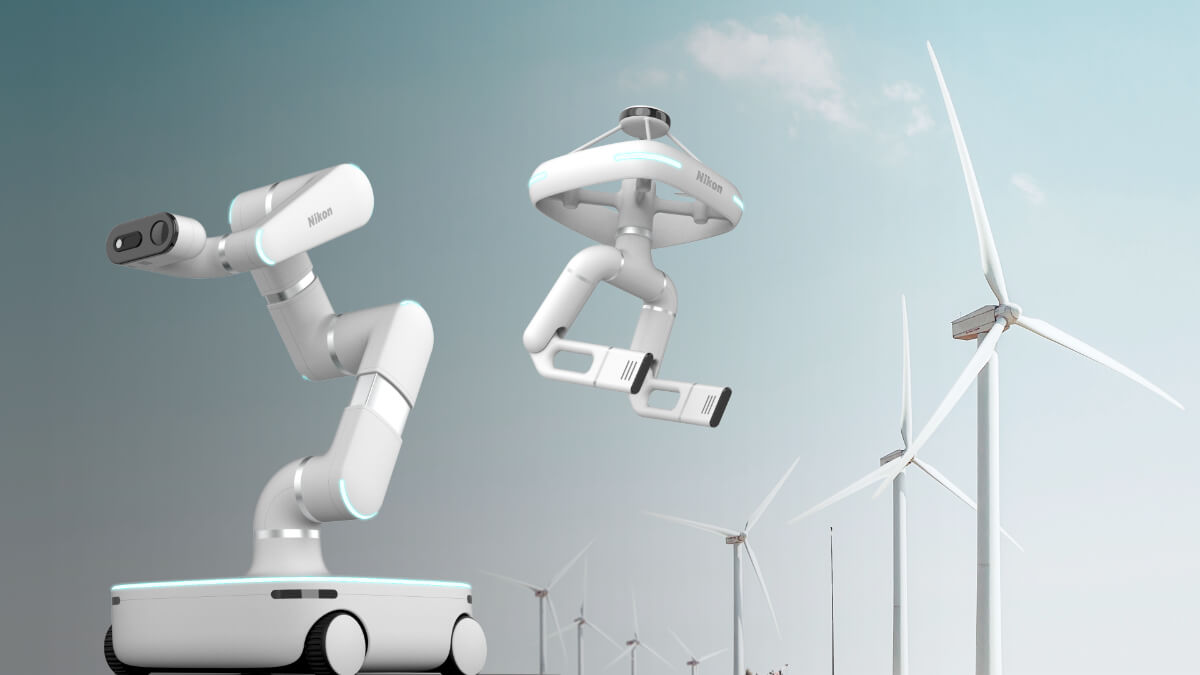
Okui: Mr. Noguchi, please share what you look forward to seeing from Nikon.
Noguchi: Just as Mr.Umatate mentioned, we currently do not make any special customizations to the Nikon D5, they are used in outer space just as they are displayed in stores. That level of quality is extremely impressive. On the flip side, it means that consumers are using space-quality products in everyday life. Formerly, it was said that “the cost of products used in space are equivalent to the cost of ready-made products with three zeros added at the end.” However, we are currently using the same products shown in-store in space. This is simply amazing.

If the technology used in the Artemis Plan is fed back to products used on the Earth, consumers can see even better products, which will then be reinforced in product development to eventually lead back to utilization in the Artemis Plan. I believe we can create this kind of interplay.
Personally, I have high hopes for Nikon’s lenses and wearable devices that incorporate sensor technology. For now, wearable devices hold priority in lighter weight and data transmission capabilities, rather than resolution quality. I believe more advanced devices can be realized through Nikon’s unique technologies to achieve clearer images.
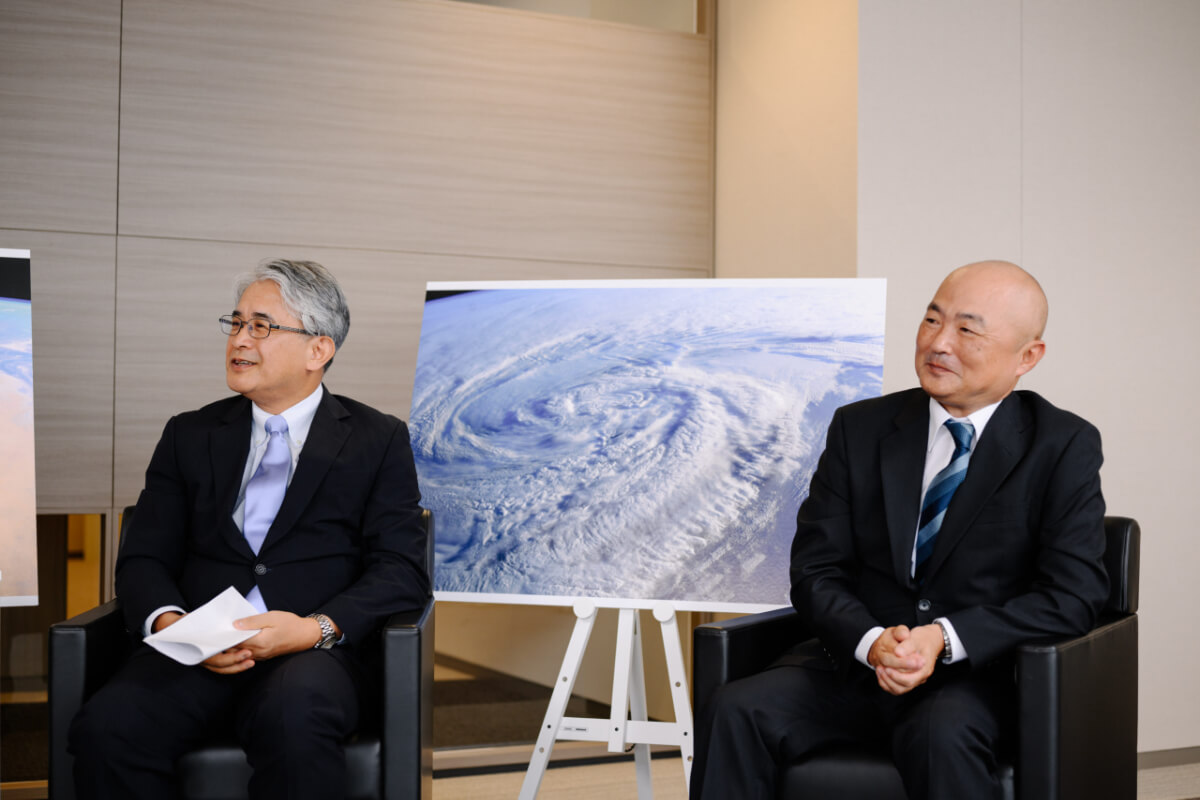
Okui: Lastly, Mr. Noguchi, having left JAXA last year, can you share your future plans with us?
Noguchi: This year, Japan saw the birth of two new astronauts—the first in 14 years. Humans are preparing to go to the moon for another time. I have already left my role as a member in the front line, but I plan to pass down my experiences and my photography knowledge to our juniors. I hope to inspire younger generations and help them lead us into a brighter future.
*Title and work duties are those at the time of interview


